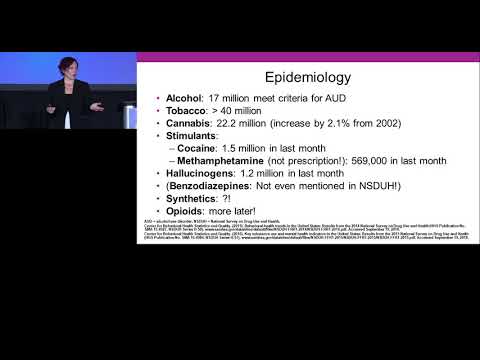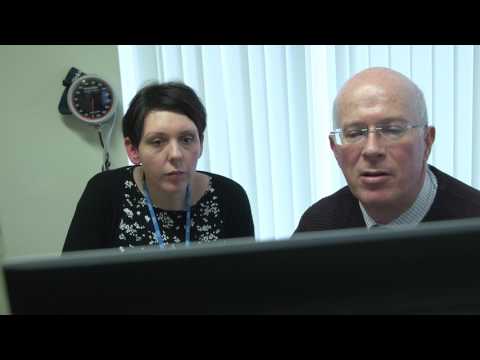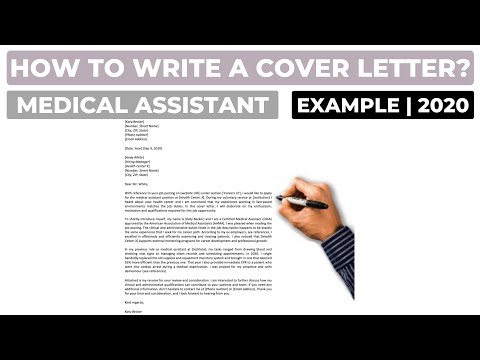Medication Assisted Treatment for Opioid Addiction
Contents
Medication Assisted Treatment (MAT) is an effective way to treat opioid addiction. It involves using medication to help reduce withdrawal symptoms and cravings, while also providing counseling and support.
Checkout this video:
Introduction to Medication Assisted Treatment (MAT)
MAT is the use of medications, in combination with counseling and behavioral therapies, to provide a “whole-patient” approach to the treatment of substance use disorders. Research shows that a combination of medication and therapy can successfully treat these disorders, and for some people struggling with addiction, MAT can help sustain recovery.
MAT is not a substitute for counseling and other behavioral therapies, but rather it is intended to support and supplement these treatments. When used as part of a comprehensive treatment plan, MAT can help people reduce or stop their use of opioids, reclaim their lives, and enter into long-term recovery.
What is Opioid Addiction?
Opioid addiction is a serious and chronic disease characterized by continued use of opioids despite harmful consequences. Opioids are a class of drugs that include illegal drugs such as heroin, as well as legal prescription pain relievers such as oxycodone, hydrocodone, and codeine. Opioid addiction can lead to harmful and even life-threatening consequences, including overdose.
Treatment for opioid addiction often includes Medication Assisted Treatment (MAT), which is the use of FDA-approved medications in combination with behavioral therapy and other support services. MAT can help people reduce their use of opioids, prevent relapse, and recover from opioid addiction.
The Benefits of MAT
MAT is an addiction treatment that involves the use of medication, such as methadone or buprenorphine, in combination with counseling and behavioral therapies.
MAT is proven to be an effective treatment for opioid addiction. It helps people to stop using opioids, reduces illegal drug use, criminal activity, and risk of overdose. MAT also improves social functioning and employment outcomes.
People who receive MAT are more likely to stay in treatment than those who do not receive MAT.
The Risks of MAT
There are a number of risks associated with Medication Assisted Treatment (MAT) for opioid addiction. These include the potential for abuse and overdose, as well as the possibility of negative interactions with other medications. Additionally, MAT can be expensive and may not be covered by all insurance plans.
How MAT Works
MAT is based on the combination of behavioral therapy and medications to treat substance abuse disorders. The use of medications in MAT helps to normalize brain chemistry, block the euphoric effects of opioids, relieve physiological cravings, and normalize body functions. Medications used in MAT programs include buprenorphine, methadone, and naltrexone.
MAT programs also include behavioral therapy to address the underlying causes of addiction and to help patients develop healthier coping skills. Behavioral therapy can be conducted individually or in group settings, and it may incorporate cognitive-behavioral therapy, contingency management, or Twelve-step facilitation therapy. MAT programs typically last for 12 weeks or longer, and participants are typically required to attend weekly counseling sessions and group meetings.
The Different Types of MAT
Opioid addiction is a serious problem in the United States In 2017, more than 47,000 people died from overdoses involving opioids, and opioids were involved in almost 70% of all overdose deaths.
MAT is a key part of the solution to the opioid epidemic. MAT involves the use of medication to treat addiction, along with counseling and other behavioral therapies.
There are three main types of medication used in MAT:
-Methadone: Methadone is a long-acting opioid that is taken orally. It reduces withdrawal symptoms and cravings, and it blocks the effects of other opioids. Methadone is only available through specially certified clinics.
-Buprenorphine: Buprenorphine is a partial opioid agonist that is taken orally or under the tongue. It reduces withdrawal symptoms and cravings, and it blocks the effects of other opioids. Buprenorphine is available through certified physicians.
-Naltrexone: Naltrexone is an opioid antagonist that is taken orally or as an injection. It blocks the effects of other opioids, and it reduces cravings for opioids. Naltrexone is available through certified physicians.
The Pros and Cons of MAT
Medication Assisted Treatment (MAT) is a program that combines behavioral therapy with medication to treat substance abuse disorders. The most common form of MAT is used to treat opioid addiction, and it has been shown to be an effective treatment for this disease. However, there are pros and cons to using MAT for opioid addiction, and it is important to weigh these before deciding if this program is right for you.
Some of the pros of MAT for opioid addiction include:
-It can help reduce withdrawal symptoms and cravings
-It can restore normal brain function
-It can help people stay in treatment and achieve long-term recovery
Some of the cons of MAT for opioid addiction include:
-There is a risk of dependence on the medication
-There is a risk of overdose if the patient relapses
-MAT is not a cure for addiction, and patients will still need to participate in behavioral therapy and other forms of treatment
Who is a Good Candidate for MAT?
There is no one-size-fits-all answer to this question, as each person’s situation is unique. However, in general, MAT may be a good option for people who:
*Have tried to quit using opioids on their own unsuccessfully
*Have a strong desire to quit using opioids
*Have a supportive family or social network
*Are committed to attending regular counseling sessions and drug testing
*Are willing to take daily medication as prescribed
What are the Success Rates of MAT?
There are a number of different methods of medication assisted treatment (MAT) for opioid addiction, and the success rates vary depending on the specific method used. Overall, though, MAT has been shown to be an effective treatment for opioid addiction, with studies showing that it can significantly reduce the rates of relapse and overdose.
Conclusion
We have now come to the end of our discussion on Medication Assisted Treatment for opioid addiction. We hope that this has been informative and helpful for you. Remember that if you or someone you know is struggling with addiction, there is always help available.







